Some portraits capture a likeness; others define an entire era. Raphael’s Portrait of Baldassare Castiglione, painted around 1514-1515, is firmly in the latter category. Housed in the Louvre Museum in Paris, this quiet masterpiece is considered one of the most profound and influential portraits of the High Renaissance.
It is more than just the image of a man; it is the visual definition of the ideal Renaissance gentleman, painted by an artist at the absolute peak of his powers. The work is a testament not only to supreme artistic skill but also to the power of a deep and abiding friendship.
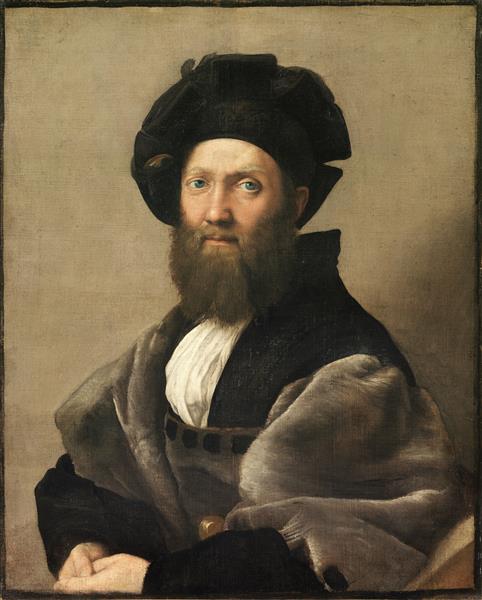
Portrait of Baldassare Castiglione
A Portrait Born of Friendship 
The incredible warmth and intimacy of this portrait stem from the genuine connection between the artist, Raphael, and his subject, Baldassare Castiglione. The two men were close friends whose careers paralleled each other in the sophisticated humanist courts of Urbino and Rome. Castiglione, a celebrated diplomat and author, was not merely a client but a kindred spirit.
The painting likely served a personal purpose as well. Castiglione, often away from home on diplomatic missions, wrote a poem imagining his wife and son finding comfort in his portrait during his absence. This adds a layer of tender, human emotion to a work of public importance.
The Ideal Renaissance Man: Who Was Baldassare Castiglione? 
To understand the portrait, one must understand the man. Baldassare Castiglione was the embodiment of the Renaissance ideal. His most famous achievement was writing The Book of the Courtier, a groundbreaking manual on the qualities of the perfect courtier and gentleman.
In his book, Castiglione popularized the term sprezzatura. This key Renaissance concept translates roughly to “nonchalant mastery” or “effortless grace”—the ability to make difficult things look easy and to carry oneself with an understated elegance. Raphael’s portrait is the perfect visual representation of sprezzatura; Castiglione’s calm posture, gentle expression, and refined but not ostentatious dress all speak to this ideal of cultivated effortlessness.
Artistic Analysis: A Study in Understated Elegance 
Raphael’s genius lies in his ability to perfectly match his technique to the subject’s personality. The painting is a masterclass in subtlety and harmony.
Composition and Gaze
The composition is a stable and harmonious pyramid, with Castiglione’s head at the apex and his folded hands forming the base. He turns towards us with a soft, direct gaze, creating an immediate and intimate connection. There is no rigid formality here; instead, we feel we are in the presence of a thoughtful, intelligent, and approachable man.
Texture and Attire
The colour palette is remarkably restrained, dominated by blacks, greys, and warm earth tones. This muted background focuses all our attention on the man himself. His winter attire—a dark doublet trimmed with squirrel fur and a stylish beret—is rendered with breathtaking skill. As art historian Lawrence Gowing noted, the way the light catches the texture of the fur is counter-intuitive yet perfectly realistic, shining most brightly as it turns away from the light. This subtle handling of light and texture gives the painting a palpable, lifelike quality.
A Humane Sensitivity
Ultimately, the portrait succeeds because Raphael captured Castiglione’s inner character. The soft contours of his face, his rounded beard, and the gentle light that models his features all contribute to a sense of humane sensitivity. Raphael painted not just a face, but a soul.
The Influence of a Masterpiece
The portrait’s atmospheric quality and three-quarter pose suggest a clear homage to Leonardo da Vinci’s Mona Lisa, which Raphael would have seen. Yet, the work transcends its influences to become a benchmark in its own right.
Its impact on art history is immense, inspiring generations of artists from Titian to Rembrandt and Matisse. Art historian James Beck declared it “a final solution for single male portraiture within the Renaissance style,” a standard against which all subsequent portraits would be measured.
Key Facts at a Glance
Artist: Raphael (Raffaello Sanzio da Urbino)
Title: Portrait of Baldassare Castiglione
Date: circa 1514–1515
Medium: Oil on canvas
Style: High Renaissance
Dimensions: 82 x 67 cm (32 x 26 in)
Location: Louvre Museum, Paris, France
Visiting the Portrait at the Louvre
When visiting the vast collections of the Louvre, be sure to seek out this quiet masterpiece. It can typically be found in the Denon Wing, among the great works of the Italian Renaissance. To fully appreciate its subtle beauty, take a moment to stand before it and meet the calm, intelligent gaze of the man who defined an age. Always check the official Louvre website for the most up-to-date visitor information.
Recommend0 recommendationsPublished in Art History, Artworks
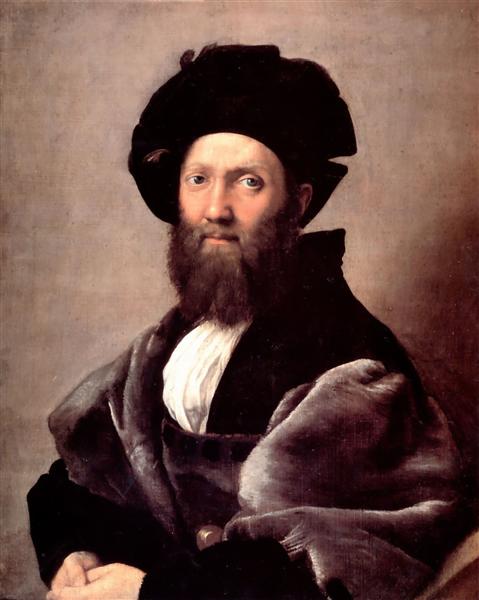




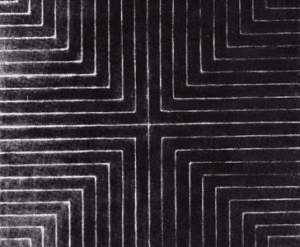
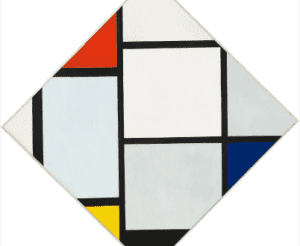
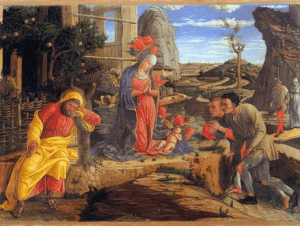

Responses